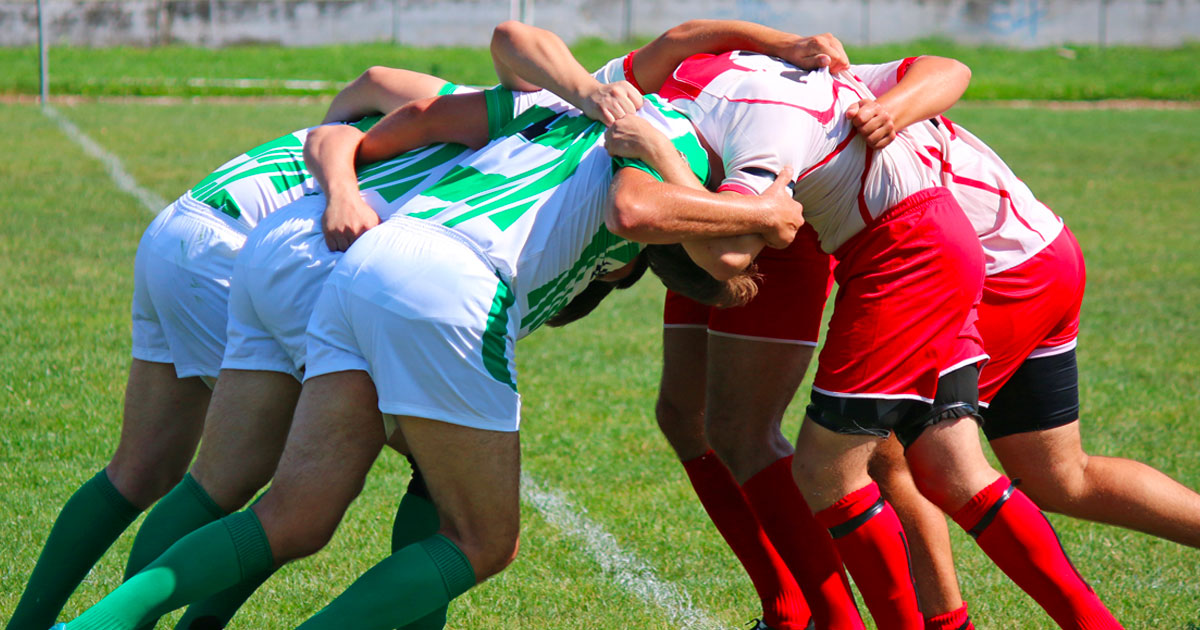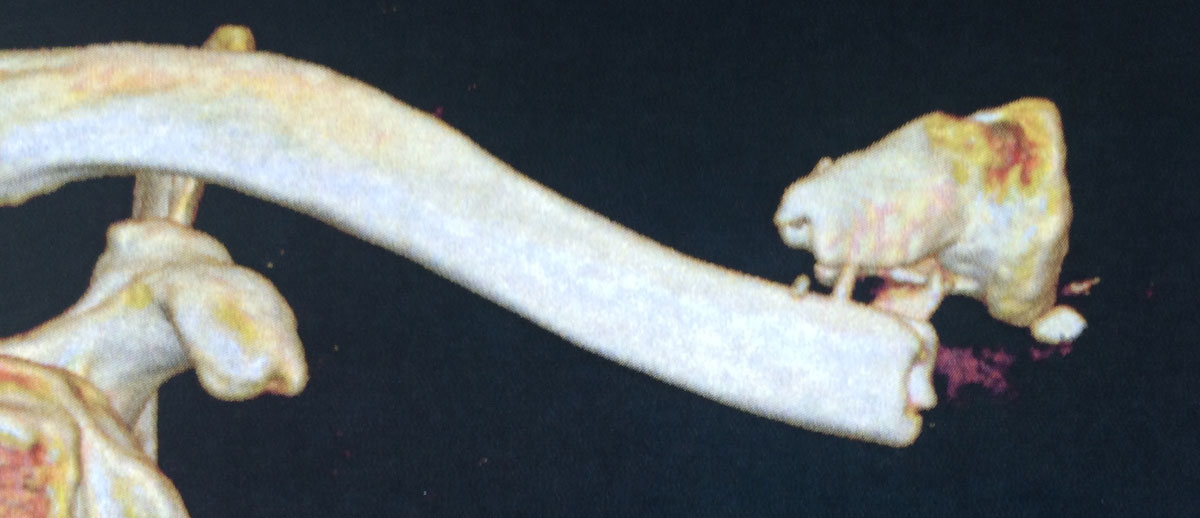
Collar Bone Fractures in Teen Sport
About a third of all sports-related injuries requiring hospitalisation result from playing one of the various football codes. Fractures are the most common injury. While lower limb fractures are more common in sport, upper body injuries including fractures of the clavicle or collar bone also occur.
Types of collar bone fractures
In 80 per cent of these fractures, a heavy fall or blow leads to an injury located towards the middle of the collar bone. A further 15 per cent of collar bone fractures occur closest to the shoulder, which often receives the full impact of contact with another player or the ground. Least common, but potentially most problematic, is a fracture of the collar bone closest to the sternum or middle of the body. These are also known as medial-end clavicle fractures.
As part of a larger study of this particular type of fracture and its treatment, we recently reviewed outcomes for nine adolescents who received collar bone surgery at our clinic. Here’s what we found.
Teenage boys are most affected
Our patients were aged between 15 and 17 years of age. They were injured playing either rugby or soccer and, not surprisingly, males were most likely to receive this type of injury.
Diagnosis can be delayed
Injuries can be misdiagnosed in the emergency room, which can result in treatment delay. Plain X-rays may not pick up the fracture, while CT scans can have trouble distinguishing between a fracture and a dislocation.

3D CT image of a displaced, comminuted medial collar bone fracture
Surgery is safe and effective
Because of the proximity to major blood vessels and airways, medial fractures have been traditionally managed without surgery. However our technique, which involves stabilising the fracture with sutures, results in excellent long-term outcomes and no complications. 96 per cent of patients were back playing sport within 12 months.
Conservative treatment is an option for some injuries
Collar bone fractures are painful injuries, which are often treated conservatively with slings to immobilise the injury and allow the bone to heal naturally. However, displaced fractures – where the two ends of the bone are not in alignment – often require surgery.
Medial end fractures respond well to surgery
Overall, the study found that surgery in adolescents with a medial-end fracture of the collar bone provided optimal results including an early return to normal activities.

X-ray of medial collar bone fracture one week after surgery – it shows the anatomical alignment and fixation of the collar bone using a long clavicle plate.
For specific advice regarding clavicle fractures, please book an appointment with Dr David Duckworth on (02) 9806 3333